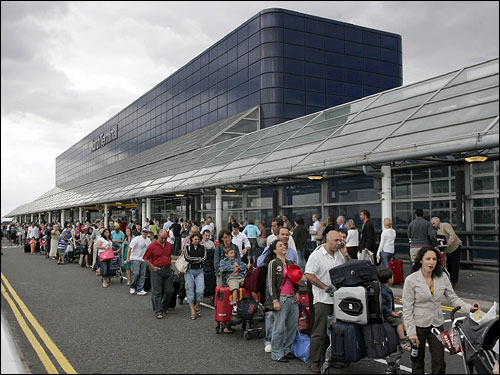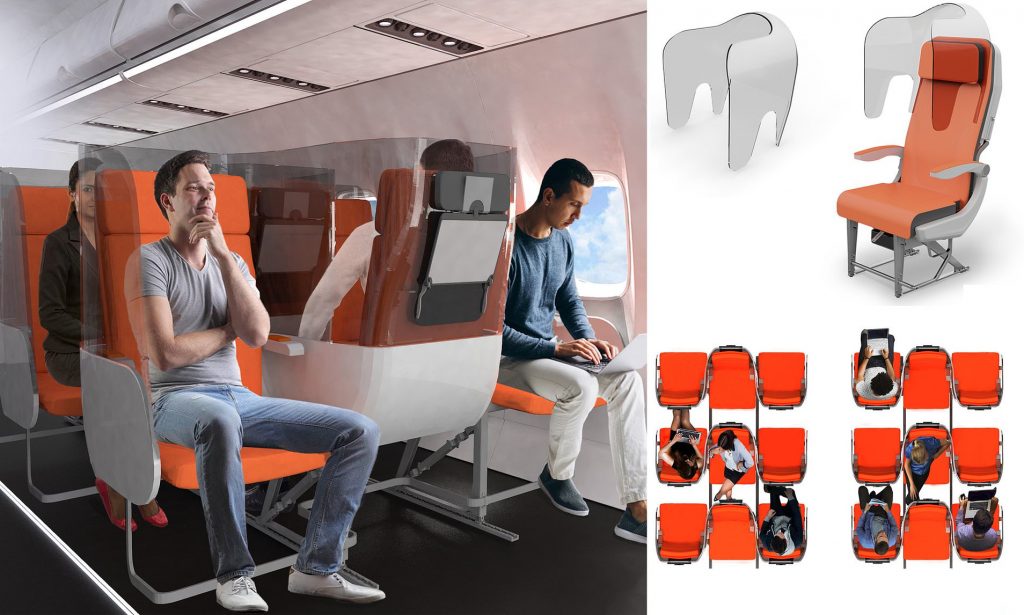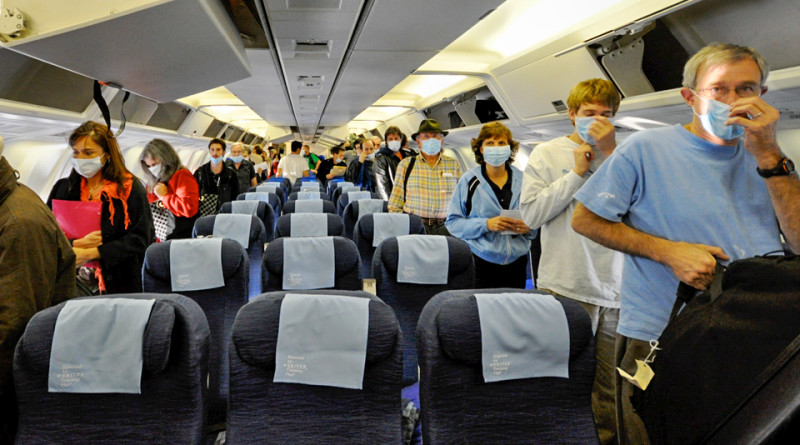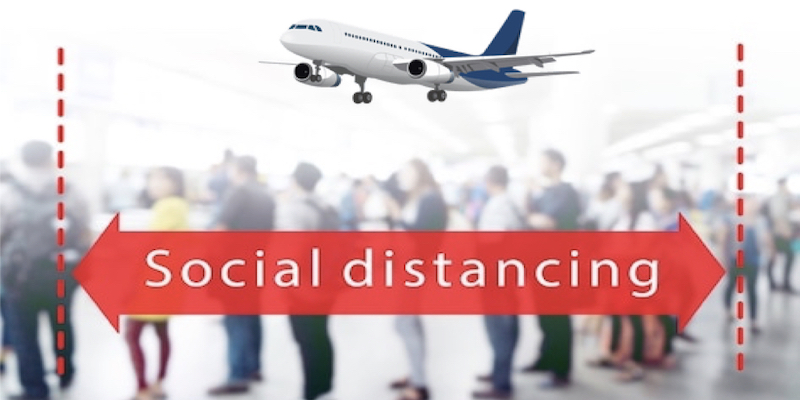Air Travel: What Will The Future Look Like?
The coronavirus has wreaked havoc across a number of industries, including air travel. So, how different will it be to fly once the threat of the pandemic is comfortably behind us?
Travel
For all the talk of everyone looking forward to getting back to “normal,” the truth is, normal is dead. The way we all used to do things prior to March of 2020 is no more. That includes the once enjoyable experience of air travel. In fact, the changes that are coming to airports and airlines will make the reforms following 9/11 look like child’s play.
In the words of Paul Griffiths, chief executive officer of Dubai Airports: “Going through an airport, the whole travel experience, will be as enjoyable as open-heart surgery.” Sadly, his prediction is spot on.

If you’re used to arriving at the airport 2 hours before your flight, prepare yourself for a world where you’ll need to arrive at least FOUR hours in advance for a domestic flight and even more for an international one. You’ll also need to get used to long lines snaking outside the door and down the sidewalk as passengers practice social distancing just to get inside. Only traveling passengers will be allowed inside the airport, except for one adult accompanying a traveling minor. Additionally, expect temperature checkpoints and the mandatory use of masks and gloves by employees and passengers alike at all times.
TSA security checks will still be necessary for safety, however, the slow security process will grow even slower with social distancing guidelines and the cumbersome removal of shoes and coats while wearing masks and gloves.
Hours later when you finally reach the gate, finding a seat before boarding will be next to impossible since multiple seats will be blocked so as to spread travelers safely apart. Also, the lounges for business and first-class passengers will be closed.
Next, the boarding process will become yet another nightmare which could take upwards of an hour to complete. Airlines will no longer permit passengers to crowd the gate while waiting for their boarding group to be called, or to cue inside the rampway before stepping onto the plane. Only a handful of passengers at a time will be allowed to trickle onto the plane and take their seats. Airlines are also considering banning all carry-on baggage since the onboard luggage would only further delay the boarding process and could make all bags a health hazard in the storage bins. Also banned: magazines, in-flight meals and snacks, waiting in the aisle to use the restroom.

Once onboard, passengers will be spaced apart as much as possible. Some airlines are considering installing plexiglass partitions between seats or reversing certain seats to a front-facing/back-facing design for health reasons. Although some flights will remain full and crowded, most will fly under capacity — which leads to perhaps the most significant change.
If flights operate at about 50% capacity, airlines will need to make up for lost revenue from the empty seats via a huge fare increase. That’s right, those pre-COVID $99 fares are likely dead and buried for good. In fact, flights could become so expensive (raising economy fares to business fare levels) that most American’s won’t be able to afford to fly as quickly and as easily as once before.
All of the above measures are predictions for the future of domestic air travel. However, what about international travel?
The hoops passengers will likely have to jump through just to travel to a foreign country might be enough to make them rethink the trip altogether. Or, in other words, the same 4+ hours it took to navigate the airport just to leave the US will likely be another 4+ hours upon arrival at an international airport.
Multiple temperature checks everywhere, mandated health immunity passports or instant COVID-19 testing, 14-day quarantine requirements upon arrival just to enter a country and more will all be on the table when visiting a foreign destination. Of course, every country will make up their own rules.

So, there’s no going back to “normal.” Those weekend getaways with friends are a thing of the past. Until there’s a vaccine to stop the spread of COVID-19 for good, the very thought of air travel for anything other than an absolutely vital trip will be nothing short of a nauseating nightmare.







Well this is scary. I want this information to be wrong but I think it is right. Everything is about to change in a big way and travel is going to be no fun anymore. I wanted to take a trip to Spain this year but that idea is done. We might not get to take trips for a long time.
Admittedly, I rarely flew even before COVID-19 hit. And will probably be quite a long time before I fly again, if ever.
But DJ’s points are well made and well taken. Whatever “normal” used to be BEFORE the virus, we’re NOT going back to that. But here’s my real worry……………
I don’t expect the corrupt and craven dimwits who run this country or the airline industry to follow through with developing…let alone implementing…a strategy that actually puts the health and safety of airlines employees or the people who fly (customers) first. In fact, we’re already seeing evidence of that being reported.
It’s about “The Love” of money in America and how that “Evil” kind of love drives the “real agenda” of those serving in highest positions of power within Our government (local, state and federal) AND their corporate Masters of industries.
As DJ put it: “…air travel for anything other than an absolutely vital trip will be nothing short of a nauseating nightmare.”
But I would posit, NOT because of attention to health and safety.